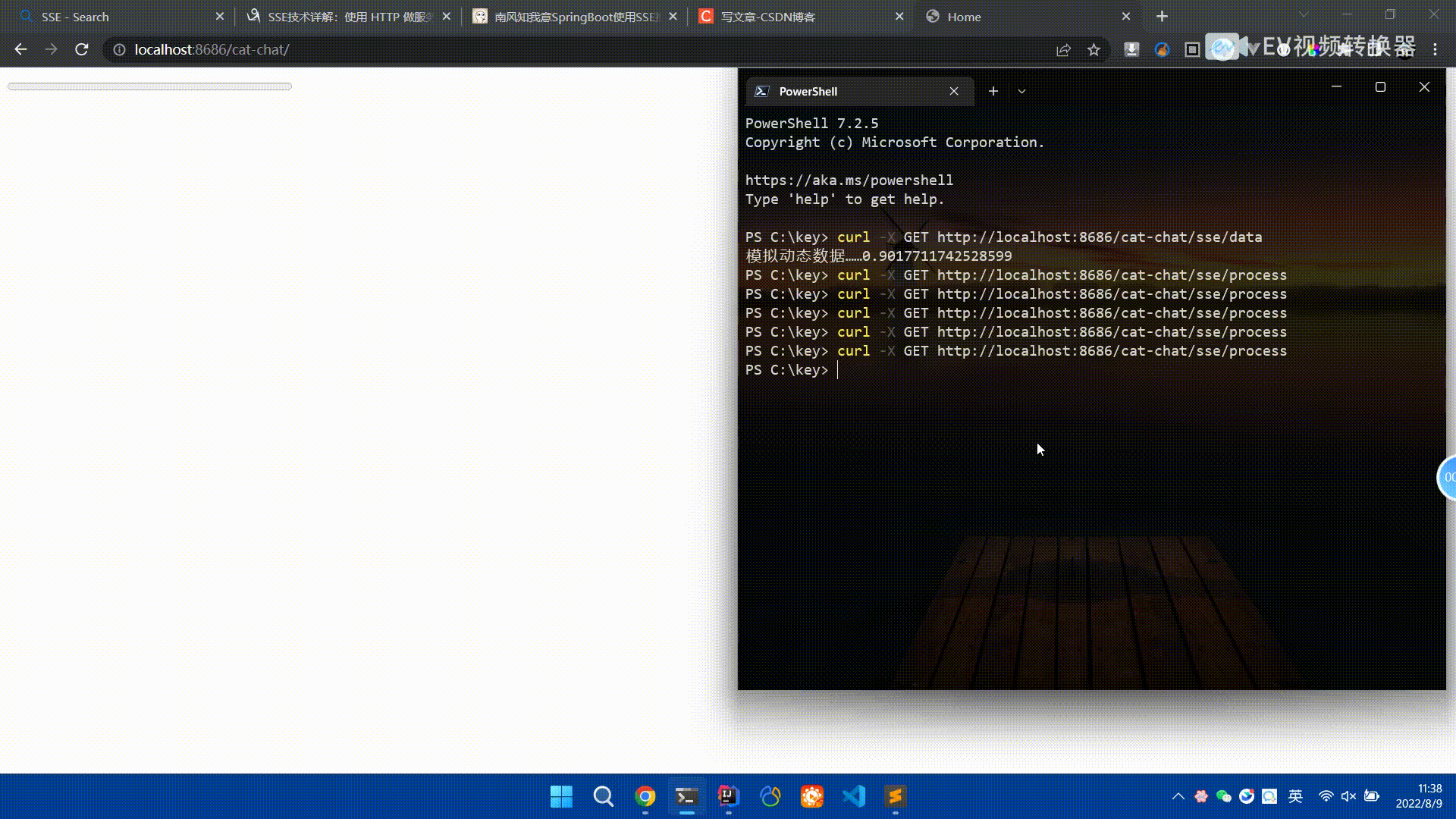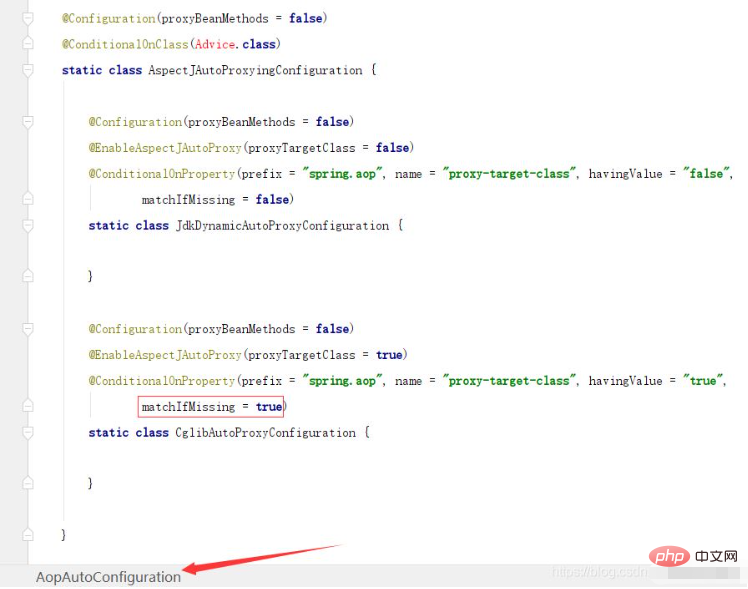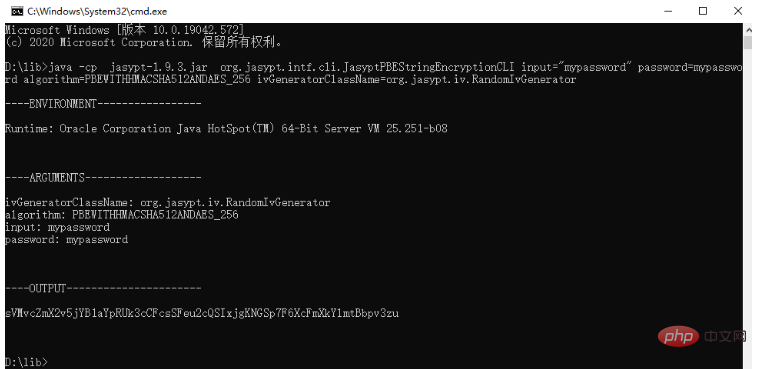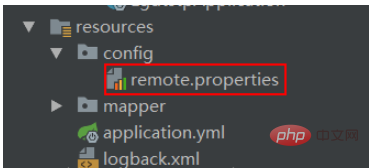First create a configuration file test_config.properties:

test.number=123456789
Then get the value corresponding to test.number
Here we take the most direct method (It can also be obtained through annotations). We specially prepared a tool class PropertiesUtil.java:
package com.test.webflux.util;
import org.slf4j.Logger;
import org.slf4j.LoggerFactory;
import org.springframework.util.StringUtils;
import java.io.IOException;
import java.io.InputStreamReader;
import java.util.Properties;
/**
* 配置文件读取
*
* @Author: JCccc
* @Des: ElegantDay
*/
public class PropertiesUtil {
private static Logger log = LoggerFactory.getLogger(PropertiesUtil.class);
private static Properties props;
//项目根目录文件夹内读取
// static {
// if (props == null) {
// props = new Properties();
// try {
// props.load(new FileInputStream("/testDemo/config/test_config.properties"));
// } catch (IOException e) {
// log.error("配置文件读取异常", e);
// }
// }
// }
//resource文件夹内读取
static {
String fileName = "test_config.properties";
props = new Properties();
try {
props.load(new InputStreamReader(PropertiesUtil.class.getClassLoader().getResourceAsStream(fileName), "UTF-8"));
} catch (IOException e) {
log.error("配置文件读取异常", e);
}
}
/**
* 根据配置文件中的key获取value
* @param key
* @return
*/
public static String getProperty(String key) {
String value = props.getProperty(key.trim());
if (StringUtils.isEmpty(value)) {
return null;
}
return value.trim();
}
/**
* 根据配置文件中的key获取value (当获取不到值赋予默认值)
* @param key
* @param defaultValue
* @return
*/
public static String getProperty(String key, String defaultValue) {
String value = props.getProperty(key.trim());
if (StringUtils.isEmpty(value)) {
value = defaultValue;
}
return value.trim();
}
public static void main(String[] args) {
System.out.println("配置文件中有key&value:"+PropertiesUtil.getProperty("test.number"));
System.out.println("配置文件无有key&value,赋予默认值"+PropertiesUtil.getProperty("test.numberNone","默认值 JCccc"));
}
}OK. Test the main method of the tool class:

The above is the detailed content of How to specify the value of the configuration properties file in Springboot. For more information, please follow other related articles on the PHP Chinese website!
 怎么使用SpringBoot+Canal实现数据库实时监控May 10, 2023 pm 06:25 PM
怎么使用SpringBoot+Canal实现数据库实时监控May 10, 2023 pm 06:25 PMCanal工作原理Canal模拟MySQLslave的交互协议,伪装自己为MySQLslave,向MySQLmaster发送dump协议MySQLmaster收到dump请求,开始推送binarylog给slave(也就是Canal)Canal解析binarylog对象(原始为byte流)MySQL打开binlog模式在MySQL配置文件my.cnf设置如下信息:[mysqld]#打开binloglog-bin=mysql-bin#选择ROW(行)模式binlog-format=ROW#配置My
 Spring Boot怎么使用SSE方式向前端推送数据May 10, 2023 pm 05:31 PM
Spring Boot怎么使用SSE方式向前端推送数据May 10, 2023 pm 05:31 PM前言SSE简单的来说就是服务器主动向前端推送数据的一种技术,它是单向的,也就是说前端是不能向服务器发送数据的。SSE适用于消息推送,监控等只需要服务器推送数据的场景中,下面是使用SpringBoot来实现一个简单的模拟向前端推动进度数据,前端页面接受后展示进度条。服务端在SpringBoot中使用时需要注意,最好使用SpringWeb提供的SseEmitter这个类来进行操作,我在刚开始时使用网上说的将Content-Type设置为text-stream这种方式发现每次前端每次都会重新创建接。最
 SpringBoot/Spring AOP默认动态代理方式是什么May 10, 2023 pm 03:52 PM
SpringBoot/Spring AOP默认动态代理方式是什么May 10, 2023 pm 03:52 PM1.springboot2.x及以上版本在SpringBoot2.xAOP中会默认使用Cglib来实现,但是Spring5中默认还是使用jdk动态代理。SpringAOP默认使用JDK动态代理,如果对象没有实现接口,则使用CGLIB代理。当然,也可以强制使用CGLIB代理。在SpringBoot中,通过AopAutoConfiguration来自动装配AOP.2.Springboot1.xSpringboot1.xAOP默认还是使用JDK动态代理的3.SpringBoot2.x为何默认使用Cgl
 spring boot怎么对敏感信息进行加解密May 10, 2023 pm 02:46 PM
spring boot怎么对敏感信息进行加解密May 10, 2023 pm 02:46 PM我们使用jasypt最新版本对敏感信息进行加解密。1.在项目pom文件中加入如下依赖:com.github.ulisesbocchiojasypt-spring-boot-starter3.0.32.创建加解密公用类:packagecom.myproject.common.utils;importorg.jasypt.encryption.pbe.PooledPBEStringEncryptor;importorg.jasypt.encryption.pbe.config.SimpleStrin
 在SpringBoot下怎么读取自定义properties配置文件May 13, 2023 pm 10:43 PM
在SpringBoot下怎么读取自定义properties配置文件May 13, 2023 pm 10:43 PM一、在resource中新建.properties文件在resource目录下新建一个config文件夹,然后新建一个.properties文件放在该文件夹下。如图remote.properties所示二、编写配置文件remote.uploadFilesUrl=/resource/files/remote.uploadPicUrl=/resource/pic/三、新建一个配置类RemoteProperties.java@Configuration@ConfigurationProperties(
 使用Java SpringBoot集成POI实现Word文档导出Apr 21, 2023 pm 12:19 PM
使用Java SpringBoot集成POI实现Word文档导出Apr 21, 2023 pm 12:19 PM知识准备需要理解ApachePOI遵循的标准(OfficeOpenXML(OOXML)标准和微软的OLE2复合文档格式(OLE2)),这将对应着API的依赖包。什么是POIApachePOI是用Java编写的免费开源的跨平台的JavaAPI,ApachePOI提供API给Java程序对MicrosoftOffice格式档案读和写的功能。POI为“PoorObfuscationImplementation”的首字母缩写,意为“简洁版的模糊实现”。ApachePOI是创建和维护操作各种符合Offic
 springboot怎么整合shiro实现多验证登录功能May 10, 2023 pm 04:19 PM
springboot怎么整合shiro实现多验证登录功能May 10, 2023 pm 04:19 PM1.首先新建一个shiroConfigshiro的配置类,代码如下:@ConfigurationpublicclassSpringShiroConfig{/***@paramrealms这儿使用接口集合是为了实现多验证登录时使用的*@return*/@BeanpublicSecurityManagersecurityManager(Collectionrealms){DefaultWebSecurityManagersManager=newDefaultWebSecurityManager();
 SpringBoot项目打包发布到外部tomcat遇到的问题怎么解决May 10, 2023 pm 05:49 PM
SpringBoot项目打包发布到外部tomcat遇到的问题怎么解决May 10, 2023 pm 05:49 PM先说遇到问题的情景:初次尝试使用springboot框架写了个小web项目,在IntellijIDEA中能正常启动运行。使用maven运行install,生成war包,发布到本机的tomcat下,出现异常,主要的异常信息是.......LifeCycleException。经各种搜索,找到答案。springboot因为内嵌tomcat容器,所以可以通过打包为jar包的方法将项目发布,但是如何将springboot项目打包成可发布到tomcat中的war包项目呢?1.既然需要打包成war包项目,首


Hot AI Tools

Undresser.AI Undress
AI-powered app for creating realistic nude photos

AI Clothes Remover
Online AI tool for removing clothes from photos.

Undress AI Tool
Undress images for free

Clothoff.io
AI clothes remover

AI Hentai Generator
Generate AI Hentai for free.

Hot Article

Hot Tools

MantisBT
Mantis is an easy-to-deploy web-based defect tracking tool designed to aid in product defect tracking. It requires PHP, MySQL and a web server. Check out our demo and hosting services.

Atom editor mac version download
The most popular open source editor

Dreamweaver Mac version
Visual web development tools

Notepad++7.3.1
Easy-to-use and free code editor

SublimeText3 English version
Recommended: Win version, supports code prompts!







